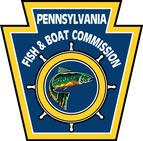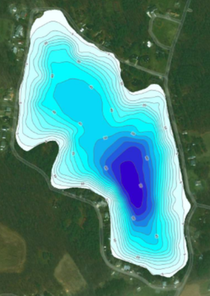New Regulation to Know: Notice of StockingEffective January 1, 2024, the Pennsylvania Fish and Boat Commission (PFBC) is requiring any person or group engaged in stocking fish into Commonwealth waters to notify the PFBC by way of Notice of Stocking (NOS). An NOS is needed for:
|

Since 2007, the Bradford County Conservation District has been working with the Pennsylvania Department of Environmental Protection to assist with their Statewide Lake Monitoring (SWLM) Program. Funded by an EPA Section 319 grant, Pennsylvania’s SWLM Program aims to gather water quality data on public and private lakes throughout the Commonwealth. Monitoring, which includes collecting water samples for lab analysis and gathering field data typically takes place three times a year (spring, summer, and fall) on a given lake. Water samples are analyzed for nutrients, heavy metals, chlorophyll a, and plankton and field data includes dissolved oxygen concentration, pH, specific conductivity and temperature.
Ultimately, the goal of the program is to determine the relative age or the Eutrophic state of lakes. Eutrophication, which is a natural process, occurs at different rates in relation to how quickly nutrients and sediments make their way into a waterbody. Lakes are often grouped into 4 different categories of eutrophication: Oligotrophic - lakes that are characteristically cool, clear, deep, and nutrient poor; Mesotrophic - lakes that are relatively clear, have submerged aquatic plants, and contain moderate nutrient levels; Eutrophic – lakes that have excessive nutrients and high biological productivity; and Hypereutrophic - lakes that are highly nutrient rich, suffer frequent algal blooms, and have poor transparency. Pennsylvania’s SWLM Program aims to document areas where human influence plays a role in the eutrophication of lakes (cultural eutrophication) and, in some cases, come up with solutions to help slow down the lake aging process |
Pond & Lake Services Available
+Pond/Lake Management Plans +Bathymetric Map Printing +Plant Identification +Permitting +Technical Assistance +Educational Events Contact Lacy Powers for more information at 570-485-3139 Upcoming EventsCheck back later for future events!
|
|
Bradford County Conservation District
Stoll Natural Resource Center 200 Lake Road, Suite E | Towanda PA 18848 Phone: (570)-485-3144 |


